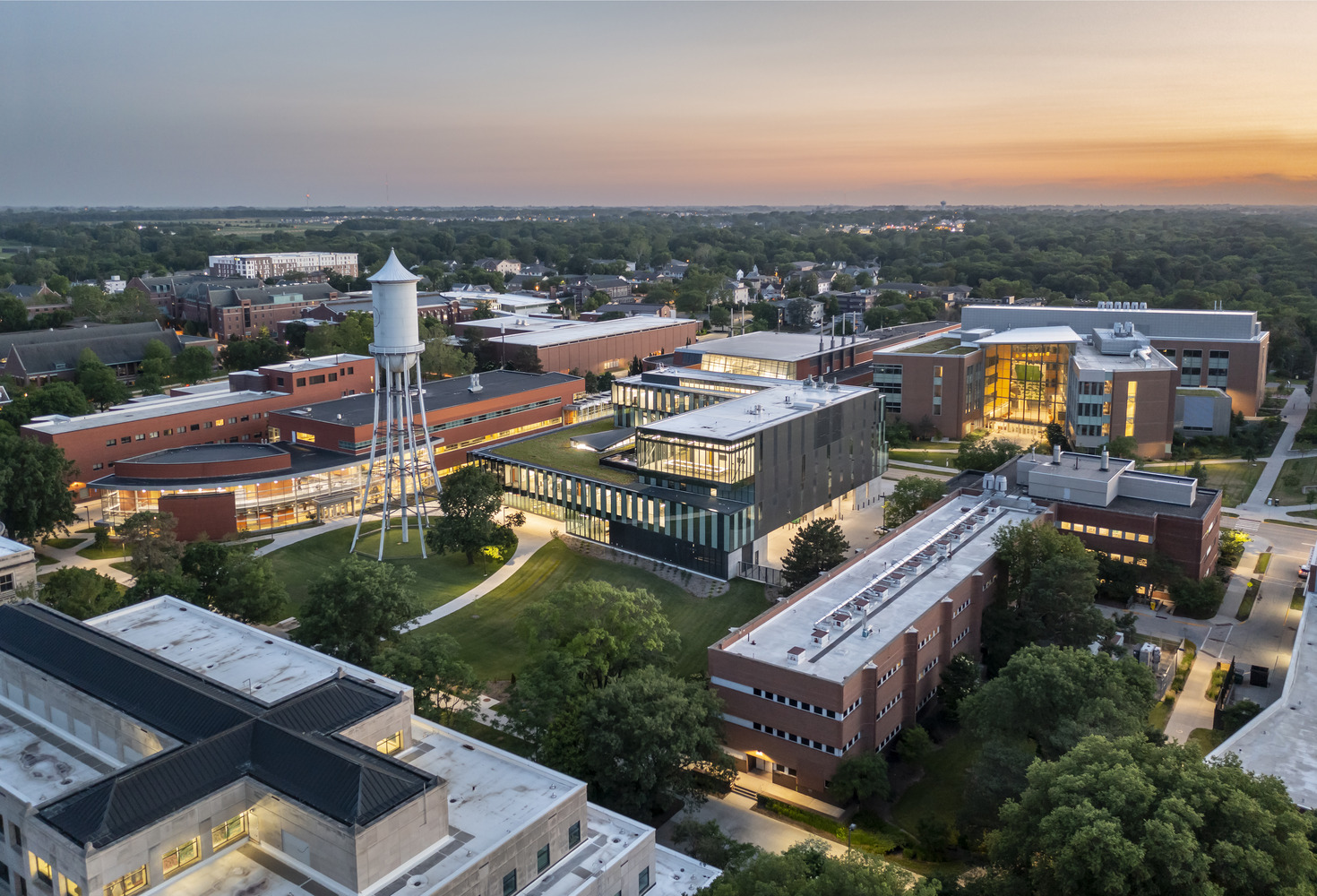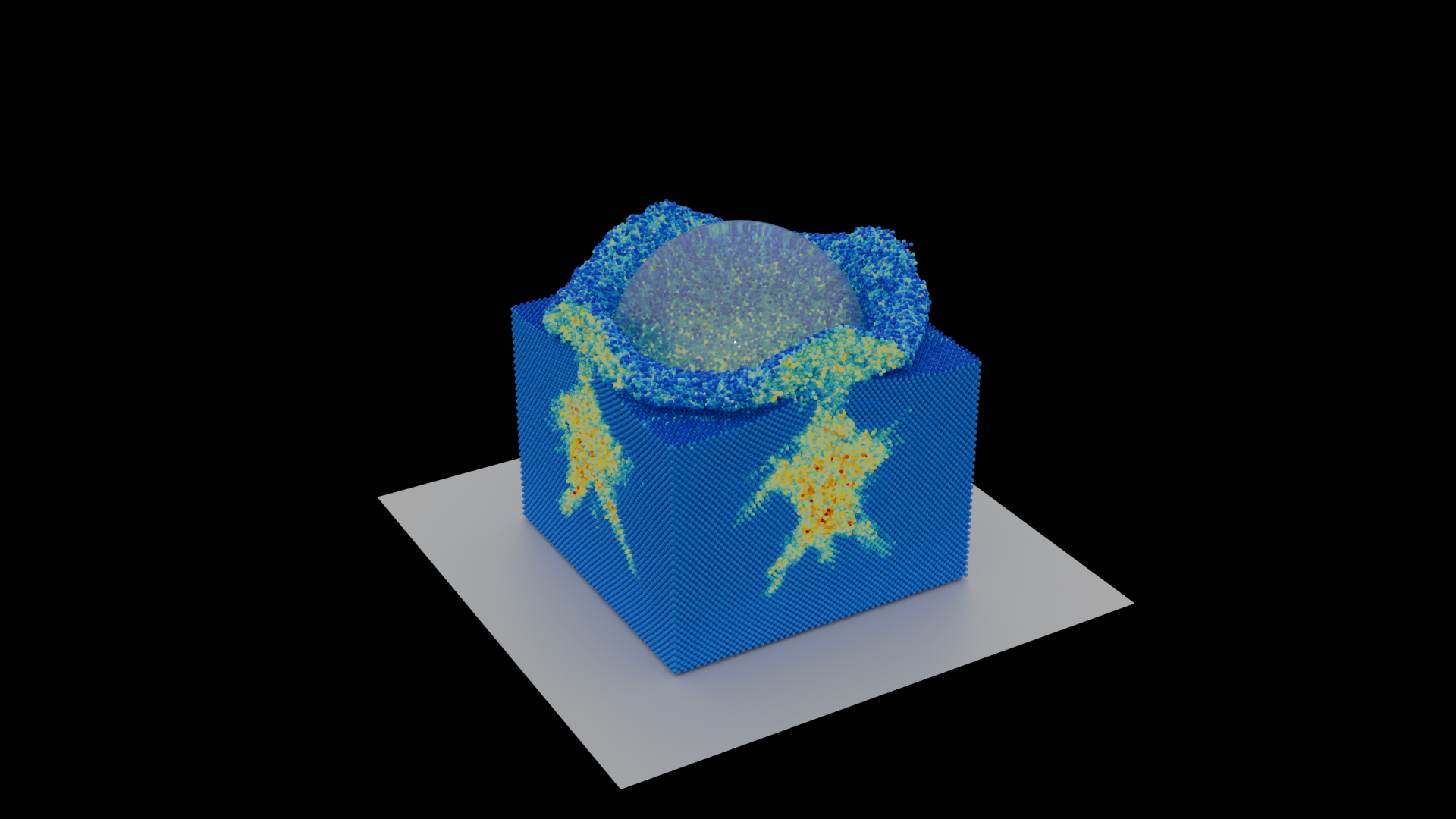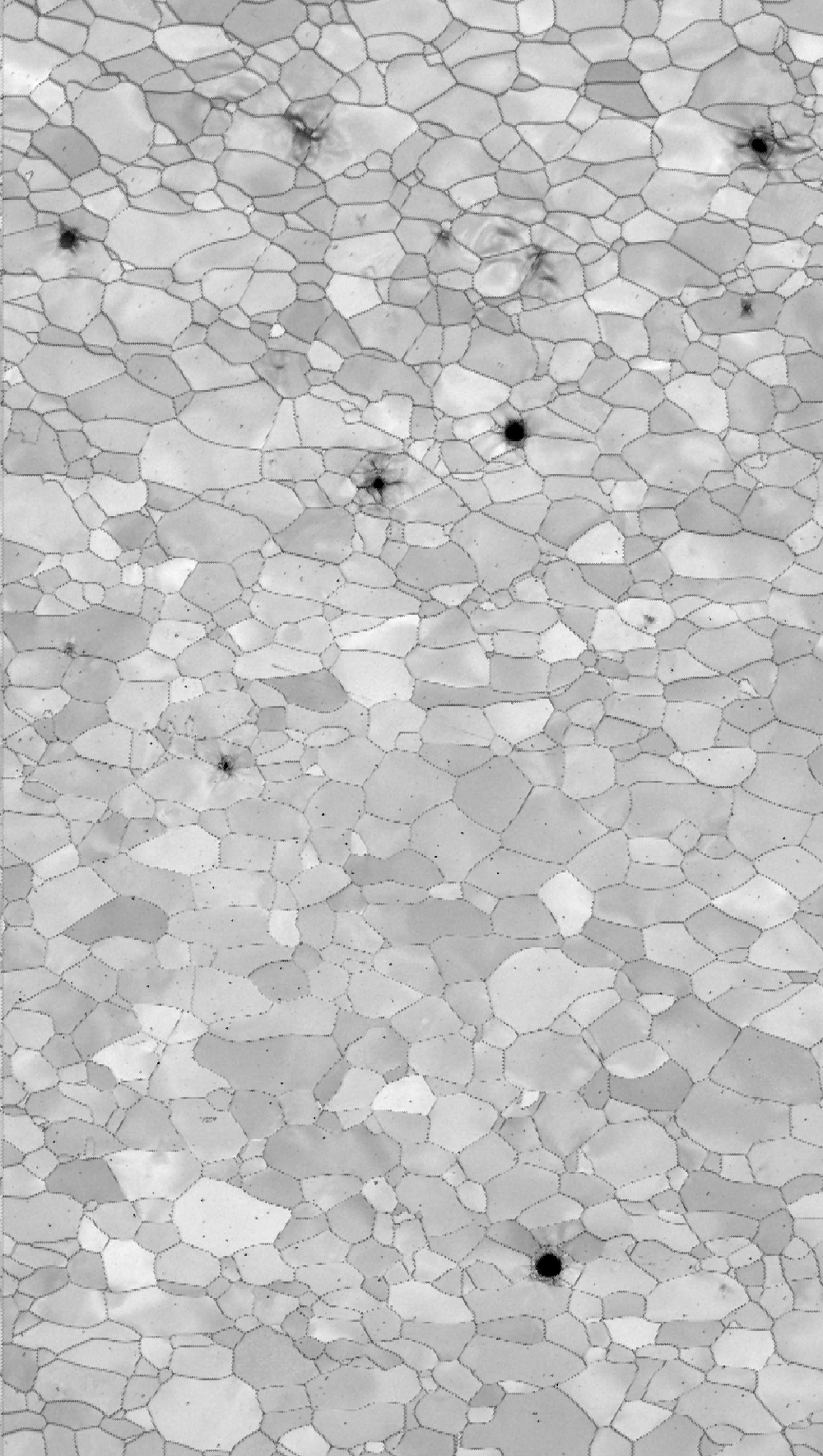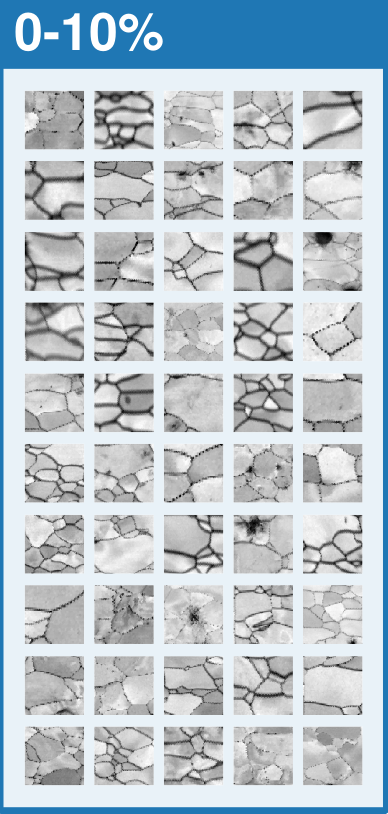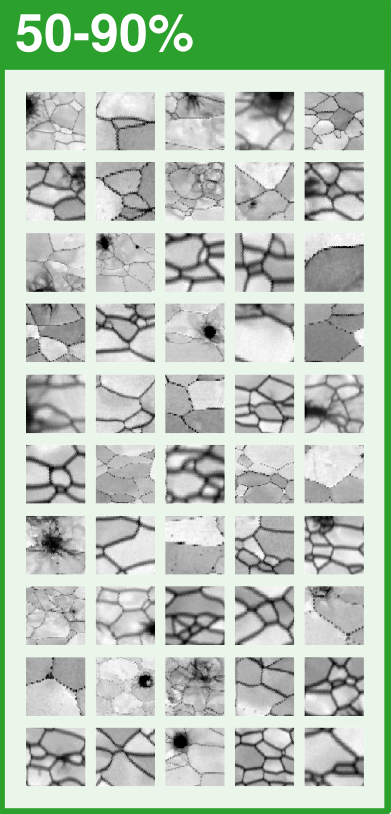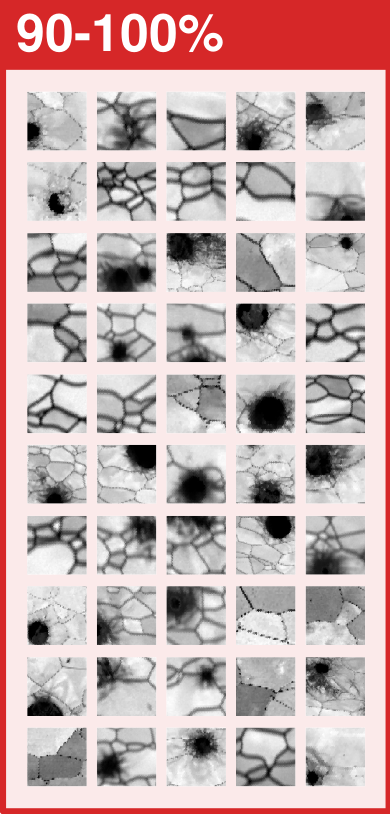Welcome to the research website for the Solid Mechanics Research Group at Iowa State University.
The discipline of solid mechanics is concerned with determining how structural materials respond to external loading, and – often – predicting the reliability and safety of the materials in their environments. Materials are uniquely complex in that they exhibit vastly different behaviors at different scales. At the nanometer scale, they behave as lattices of atoms or, perhaps, chains of polymer. At the mesoscale, they exhibit features, such as grain boundaries, that act as key players in mechanical processes. At the application scale, these microscopic behaviors present as behaviors that we all know and understand: plasticity, viscoelasticity, fracture, etc. Understanding this atoms-to-applications picture is a grand challenge in solid mecahnics.
Our group uses the latest computational methods to develop new tools to enable better simulation of solid mechanics. We are interested in a broad range of applications, ranging from solid rocket propellant to asteroid-satellite impact.
We employ
high performance computational techniques combined with rigoroustheoretical and applied mechanics to develop new methods formaterials simulation that enable predictive modeling for materialsanalysis and design
Computational solid mechanics lies at the intersection of mechanics, mathematics, materials science, physics, and high performance computing. We aim to produce methods that are theoretically sound, codes that efficient, and results that are believable. Are you interested in joining us? Please check out our page on joining the solid mechanics group.
Recent News
- Congratulations Dr. Boyd and Dr. Meier!
- Network Plasticity for reduced order microstructure evolution modeling – Our work appears in JMPS
- GRA Opportunity: Thermo-mechanical simulation of solid rocket propellant
- GRA Opportunity: theory and analysis of polymer properties from experimental rheology
- Diffuse interface method for solid composite propellant ignition and regression – our work appears in Combustion and Flame

